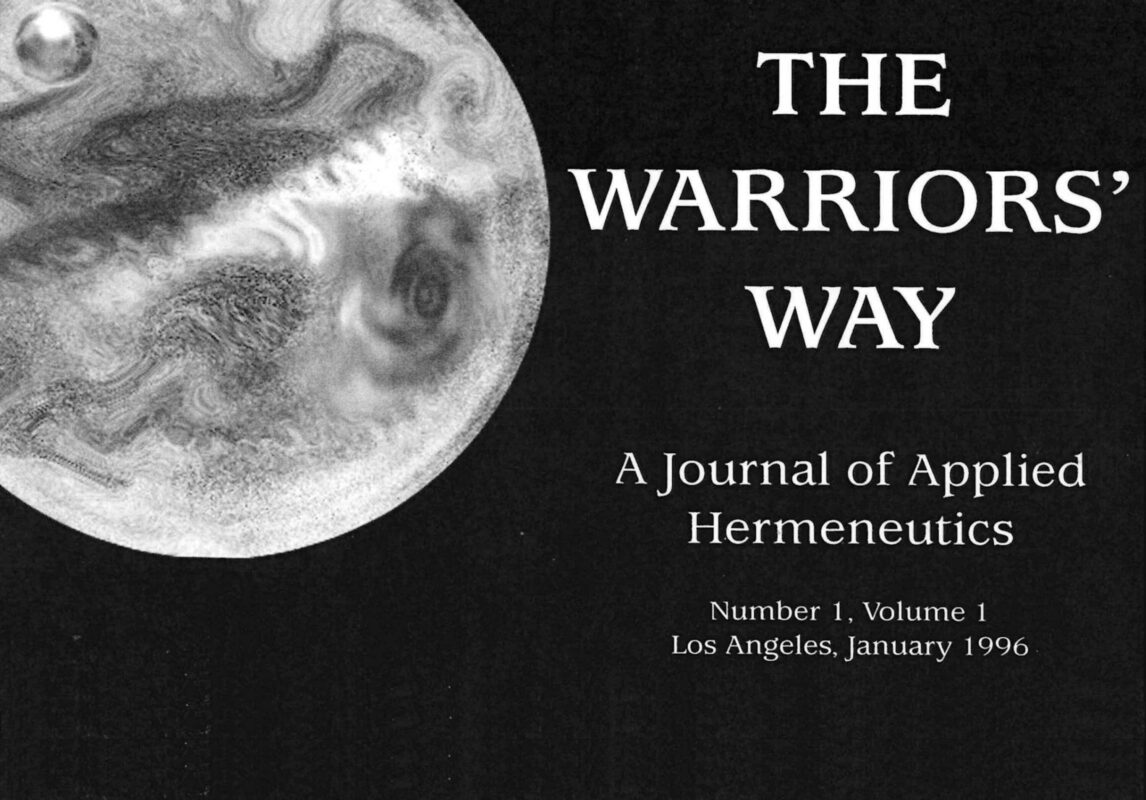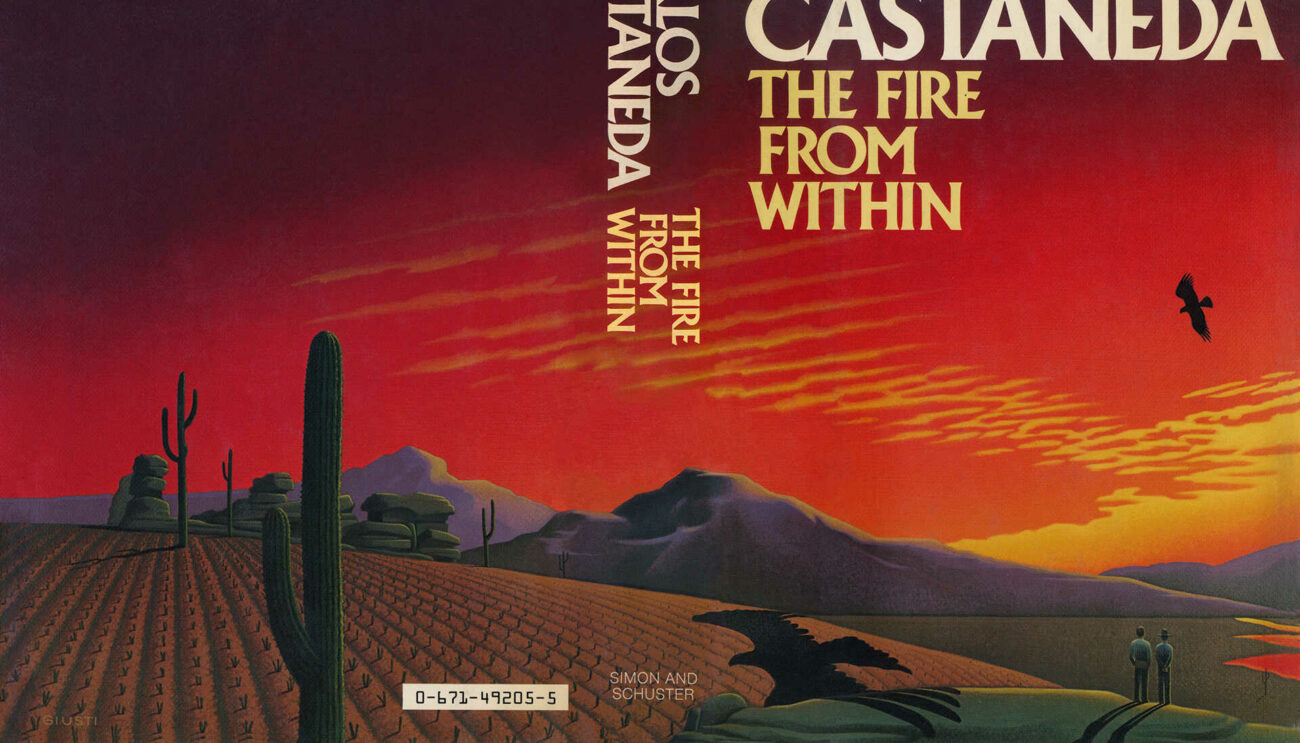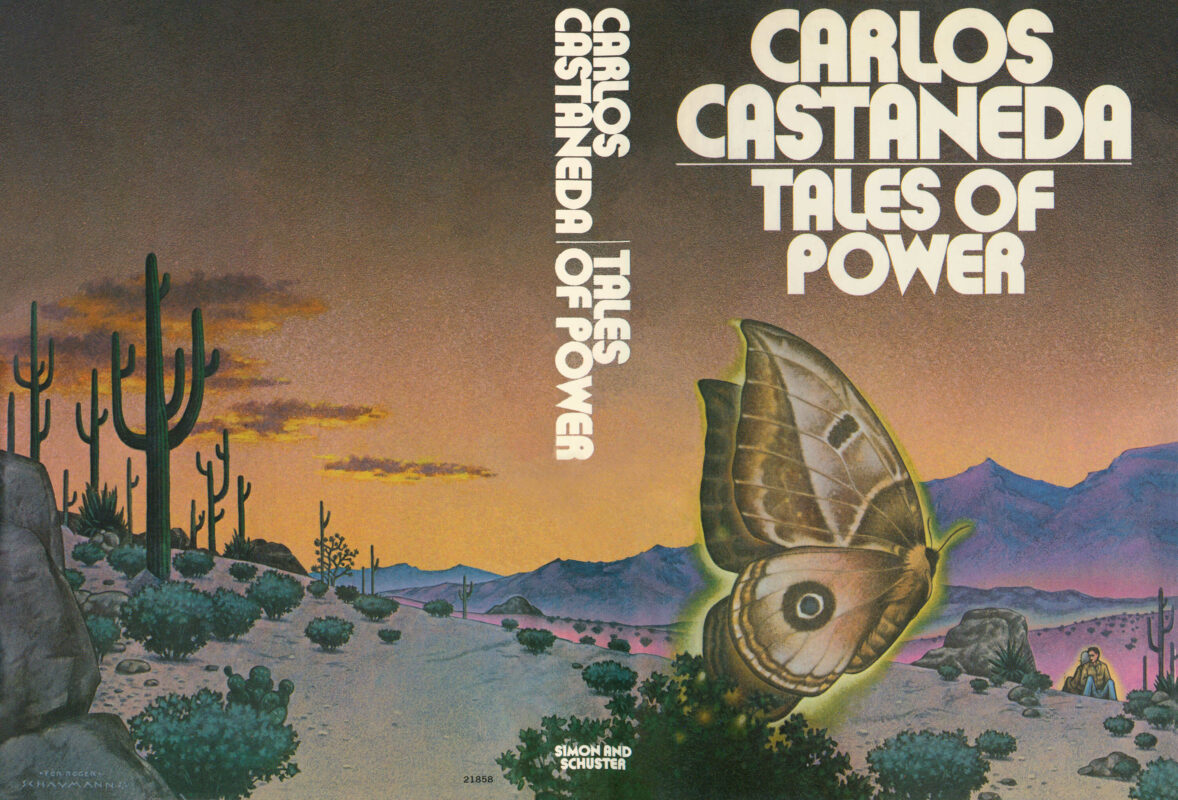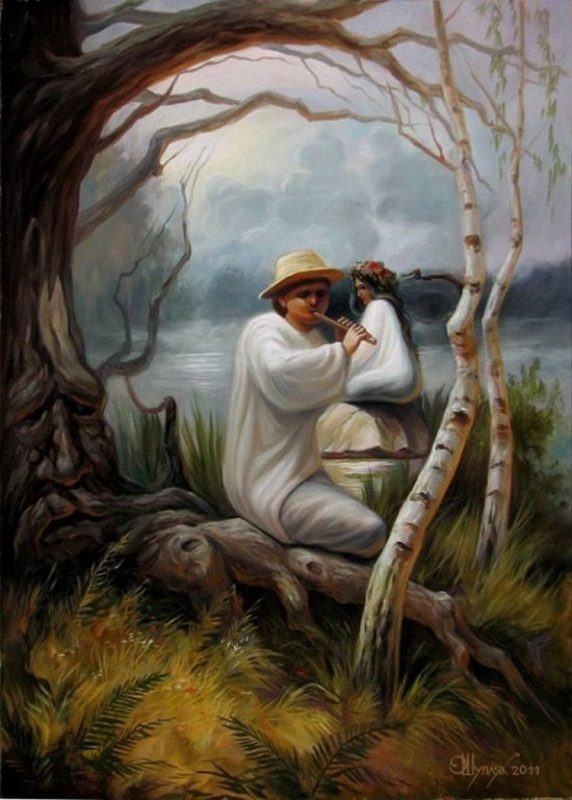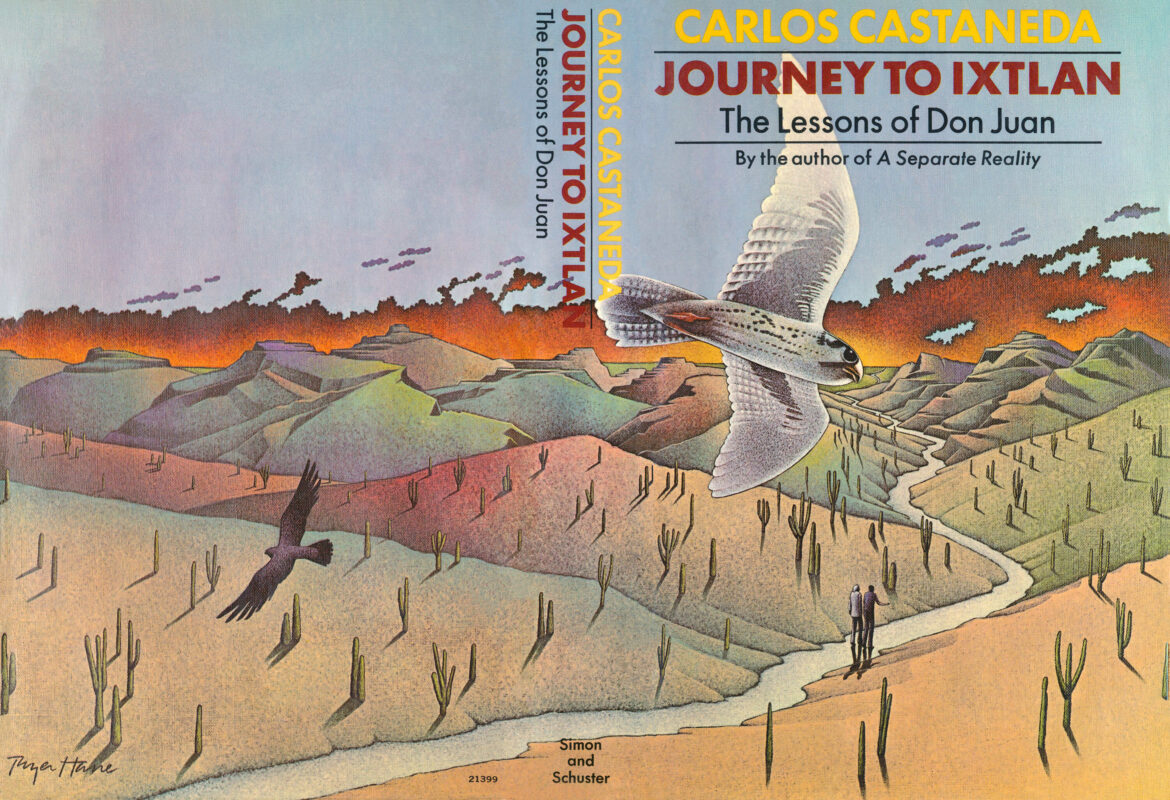Journal of Applied Hermeneutics – A New Area for Philosophical Inquiry
Castaneda proposes a new area for philosophical inquiry based on two core concepts from ancient Mexican sorcerers: “seeing” and “intent”. He defines “seeing” as the human capacity to directly perceive energy as it flows in the universe, using the entire organism. “Intent” is described as a conscious, universal force that sorcerers can engage with through the act of “intending”. Castaneda argues that the direct perception of energy can create a new form of subjectivity, free from the limits of language, allowing for a pragmatic and active intentionality that could transform philosophy into a practical discipline.
Journal of Applied Hermeneutics – A New Area for Philosophical Inquiry Read More »
